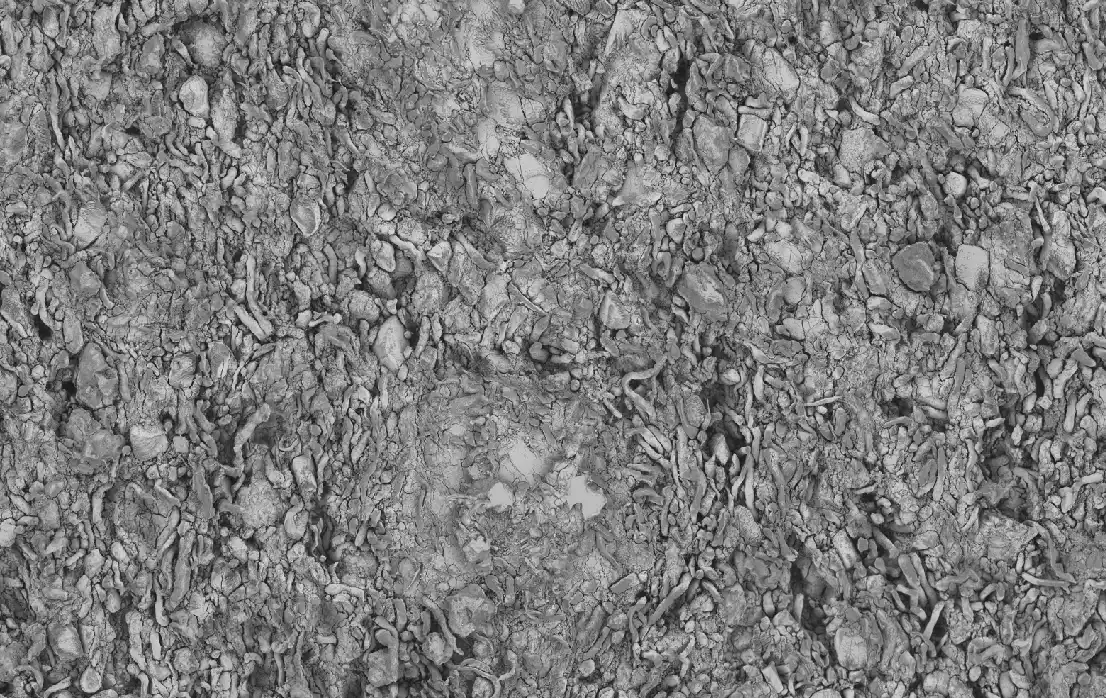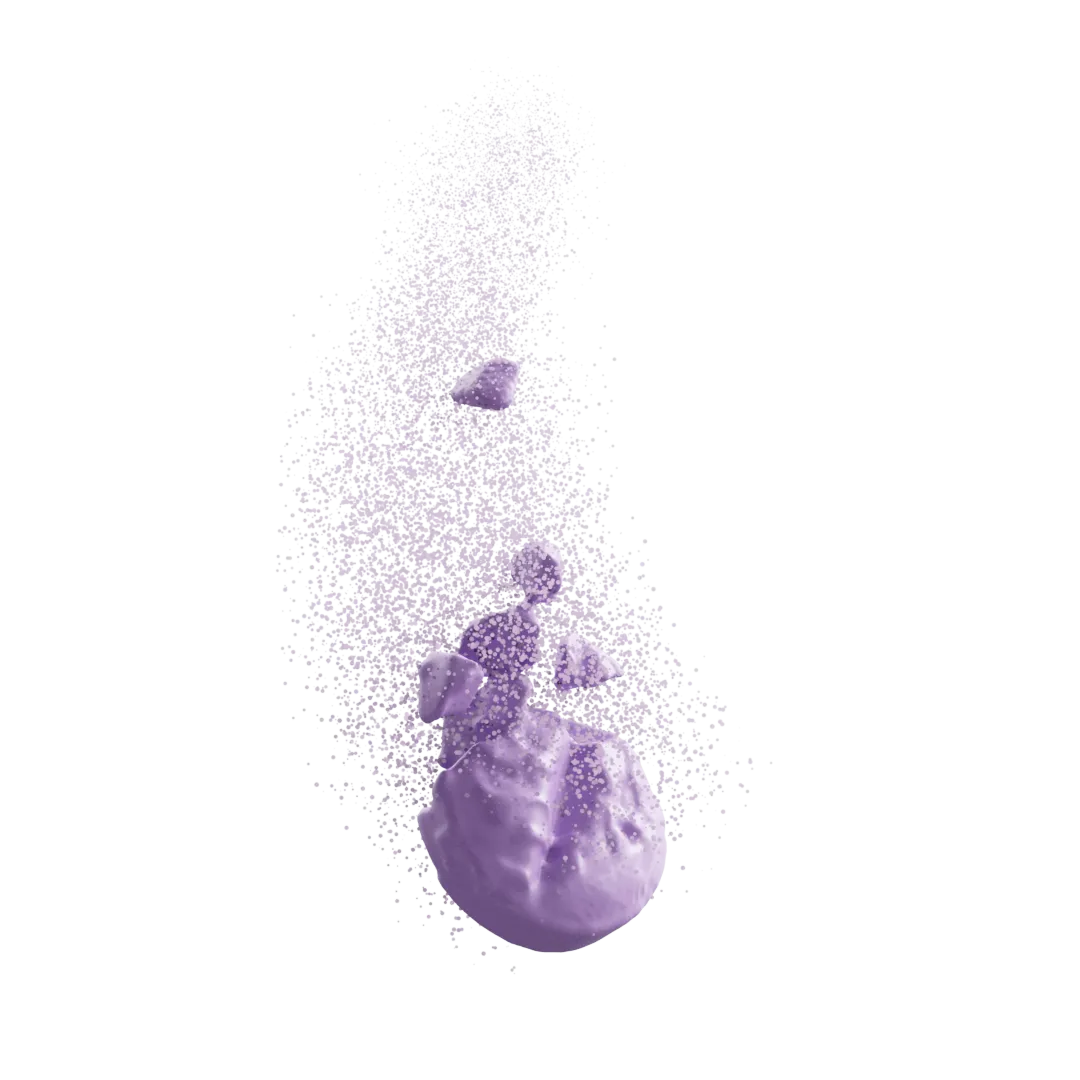Topicals
Advance topical drug development with our non-invasive 3D characterization of globule structures, optimizing delivery and stability of active ingredients.

Issue
Topical drug development involves a navigation of the formulation and process space to ensure stabilization and dispersion of the active ingredient within globules. Globule parameters are also optimized to ensure effective delivery upon application to the skin. Analysis of globule structures is thus a critical step to guide development. However, traditional characterization techniques and microscopies do not provide a non-invasive and non-destructive path to quantify globule microstructures. Oftentimes microscopic preparation can subject the formulation to shear forces that may disturb their inherent shape and size. These 2D imaging techniques are subject to a sampling bias, and also have an inherent challenge with representativeness.
Common Challenges
- No method for non-invasive, non-destructive analysis of globules at a representative population.
- Limited insight on globule attribute correlation to performance.
- Limited pathways for demonstrating Q3 microstructural bioequivalence.



Solution
We’ve designed a workflow to characterize globule morphological and microstructural properties directly within the final product. These CQAs, quantified non-invasively in 3D, enable advanced decision making for selecting excipients and processes. We apply our 3D X-ray micro-CT workflow to visualize 1000s of globules in a single scan, ensuring statistical representativeness not possible with other microscopies. With AI image processing and advanced analytics, all possible attributes of interest can be quantified, including size, roundness, surface area, and encapsulation. Direct visualization and quantification enables an advanced understanding of the role of stabilizing excipients, and quantified attributes can be correlated with process parameters to identify critical quality attributes. This workflow can be applied to ointments and creams, and other similar topicals. We also support analysis of transdermal products such as microneedles and similar patches.
Our Approach
- 3D microscopic analysis for non-invasive globule population statics.
- Connection of globule CQAs to formulation and manufacturing design space.
- ANDA data package support for direct visual and quantitative evidence of equivalence.

Formulations
Studied

Transform Your Program with Microstructure Science
Get started with a drug product digital twin.


